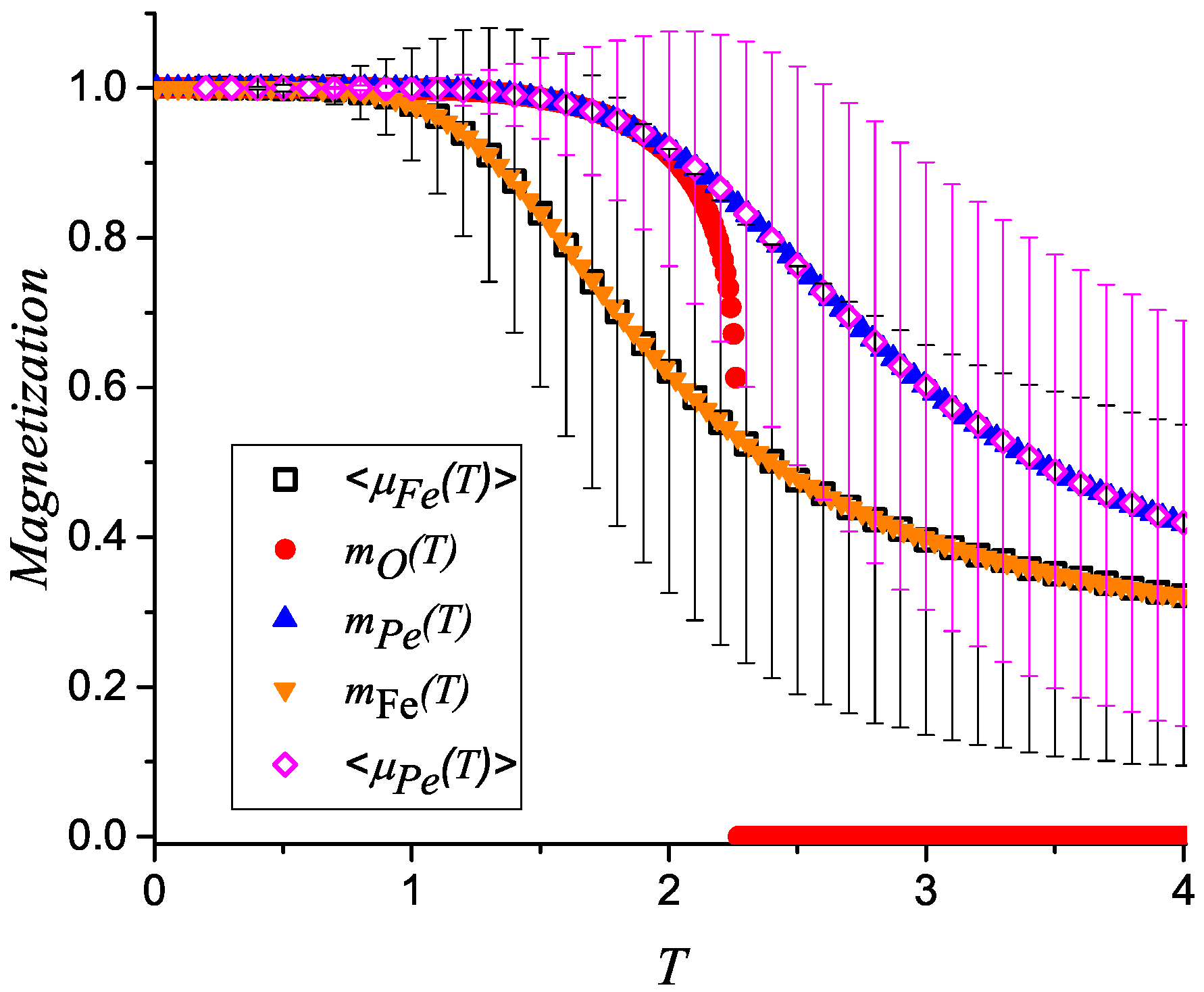
- ELEMENTS OF STATISTICAL THERMODYNAMICS NASH PDF PDF
- ELEMENTS OF STATISTICAL THERMODYNAMICS NASH PDF PROFESSIONAL
Attention then turns to the propagation of light, the Doppler effect, the mechanics of single bodies, and the more general and more powerful approach to relativistic mechanics due to Lagrange and to Hamilton.

This book is comprised of 13 chapters and begins by introducing the reader to the kinematics of special relativity, paying particular attention to formulas required for transformations between two frames of reference. Vector operators, electromagnetic fields, electrodynamics, and statistical mechanics are also explored.
ELEMENTS OF STATISTICAL THERMODYNAMICS NASH PDF PDF

It also includes diverse selected topics of interest to researchers and advanced students and four practical appendices, including an introduction to material balances and step-by-step procedures for using the Virial EOS and the PRSV EOS for fugacities and the ASOG-KT group method for activity coefficients. The book presents the structural elements of classical thermodynamics of fluid systems, covers the treatment of mixtures, and shows via examples and references both the usefulness and the limitations of classical thermodynamics for the treatment of practical problems related to fluid systems. Emphasis is placed on the clarification of concepts by returning to the conceptual foundation of thermodynamics and special effort is directed to the use of a simple nomenclature and algebra. This text explores the connections between different thermodynamic subjects related to fluid systems. Pdf File: classical-thermodynamics-of-fluid-systems.pdf.Key Features * Takes the reader through various steps to understanding: * Review of fundamentals * Development of subject matter * Applications in a variety of disciplinesĬlassical Thermodynamics of Fluid Systems By Juan H.
ELEMENTS OF STATISTICAL THERMODYNAMICS NASH PDF PROFESSIONAL
Graduate students and professional chemists in physical chemistry and inorganic chemistry, as well as graduate students and professionals in physics who wish to acquire a more sophisticated overview of thermodynamics and related subject matter will find this book extremely helpful. The stress laid on a didactic, logical presentation, and on the relation between theory and experiment should provide a reader with a more intuitive understanding of the basic principles. This revised edition is based on teaching experience in the classroom, and incorporates many exercises in varying degrees of sophistication. Designed both as a textbook and as a monograph, the book stresses the fundamental principles, the logical development of the subject matter, and the applications in a variety of disciplines. The book provides a first-principles, postulational, self-contained description of physical and chemical processes. Thermodynamics is systematic in its presentation and covers many subjects that are generally not dealt with in competing books such as: Carathéodory's approach to the Second Law, the general theory of phase transitions, the origin of phase diagrams, the treatment of matter subjected to a variety of external fields, and the subject of irreversible thermodynamics. This book provides a concise overview of thermodynamics, and is written in a manner which makes the difficult subject matter understandable.


 0 kommentar(er)
0 kommentar(er)
